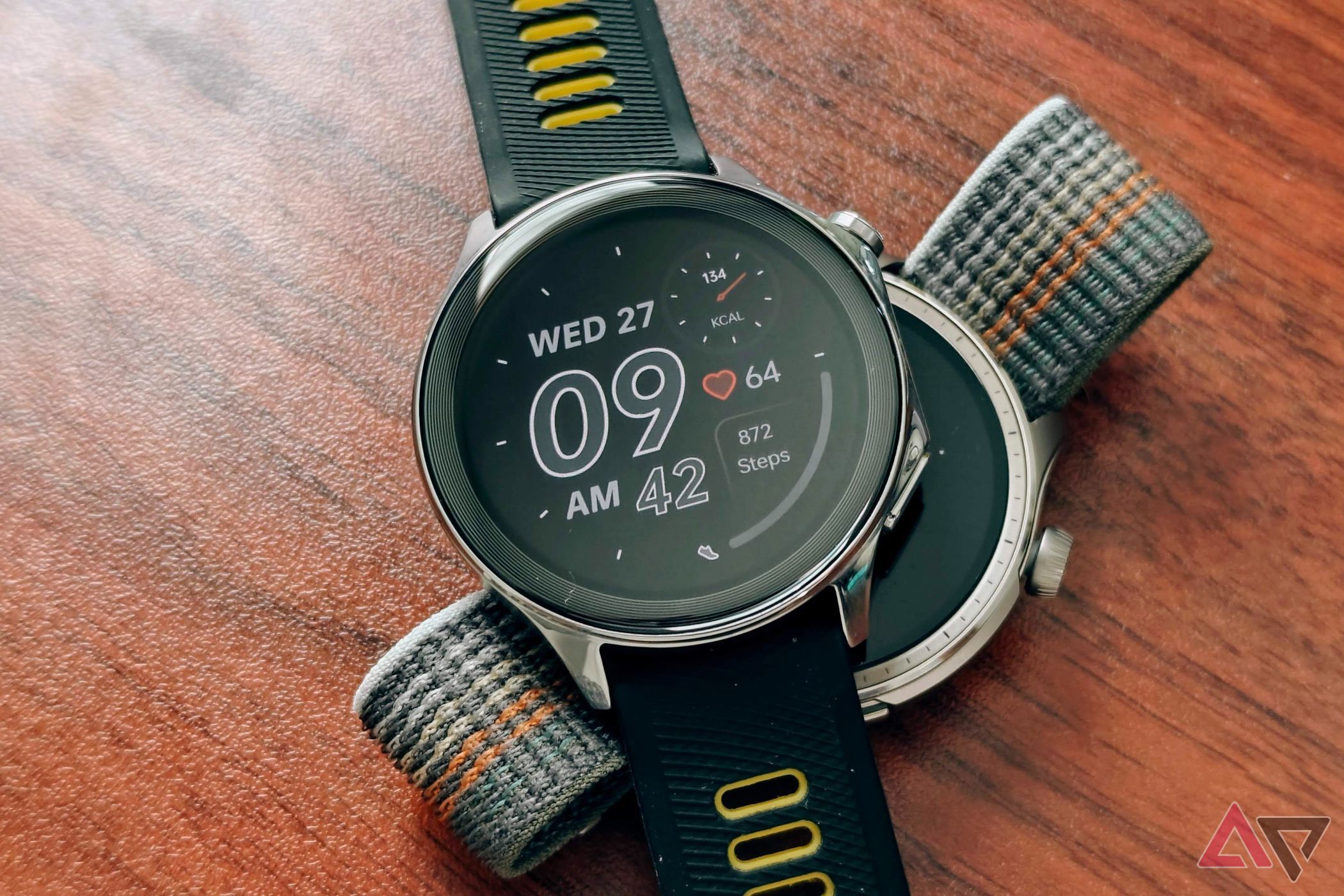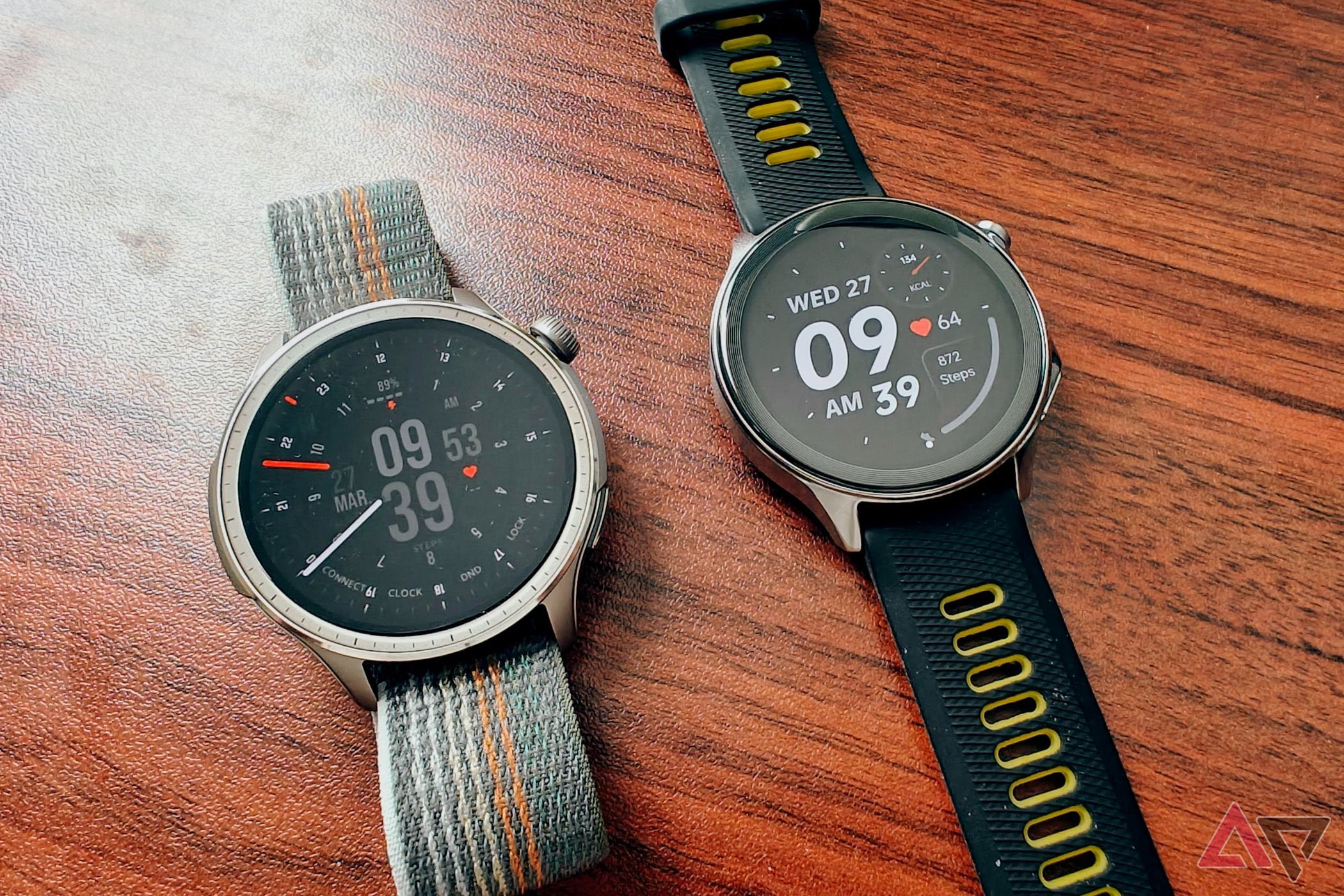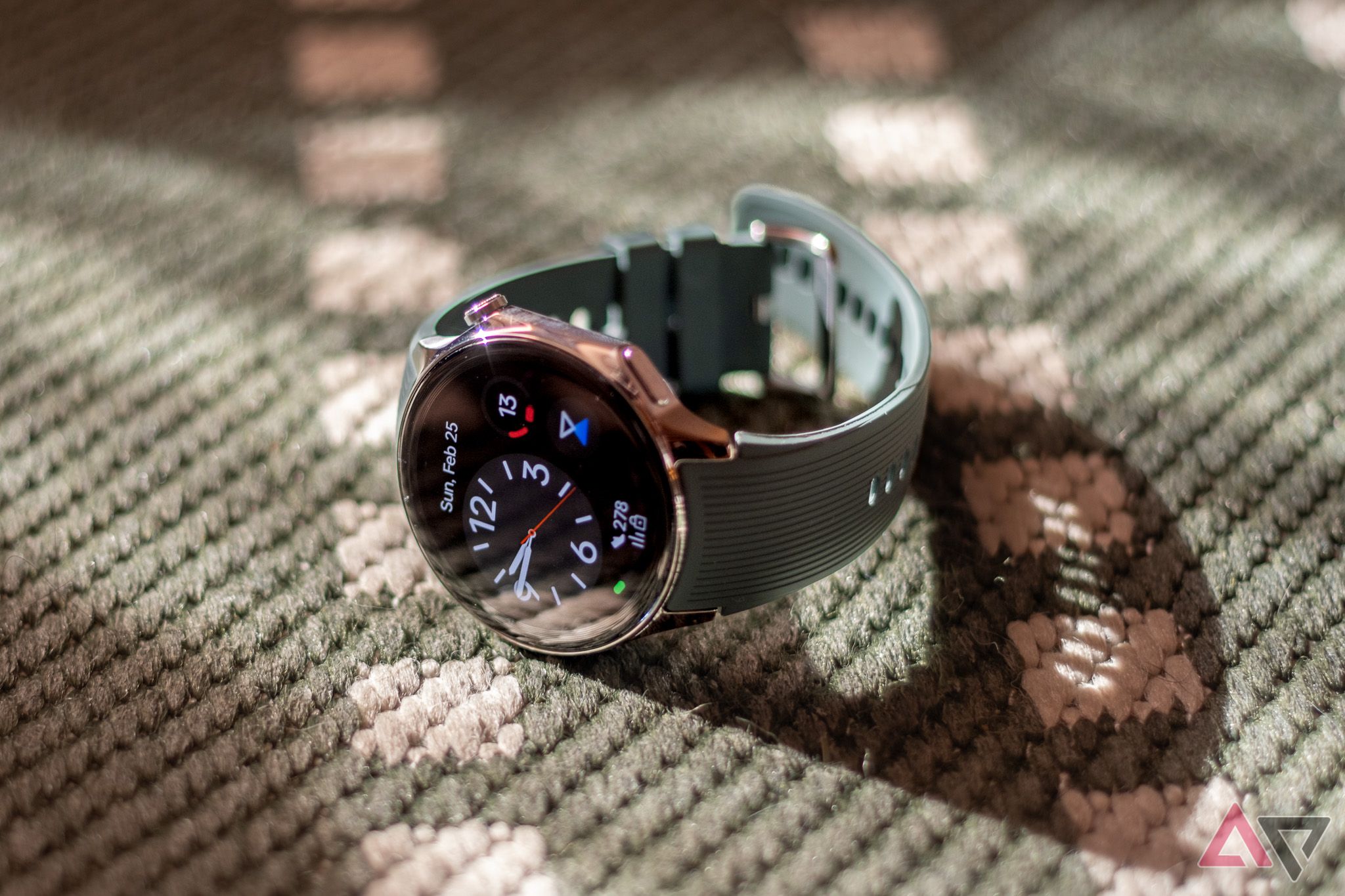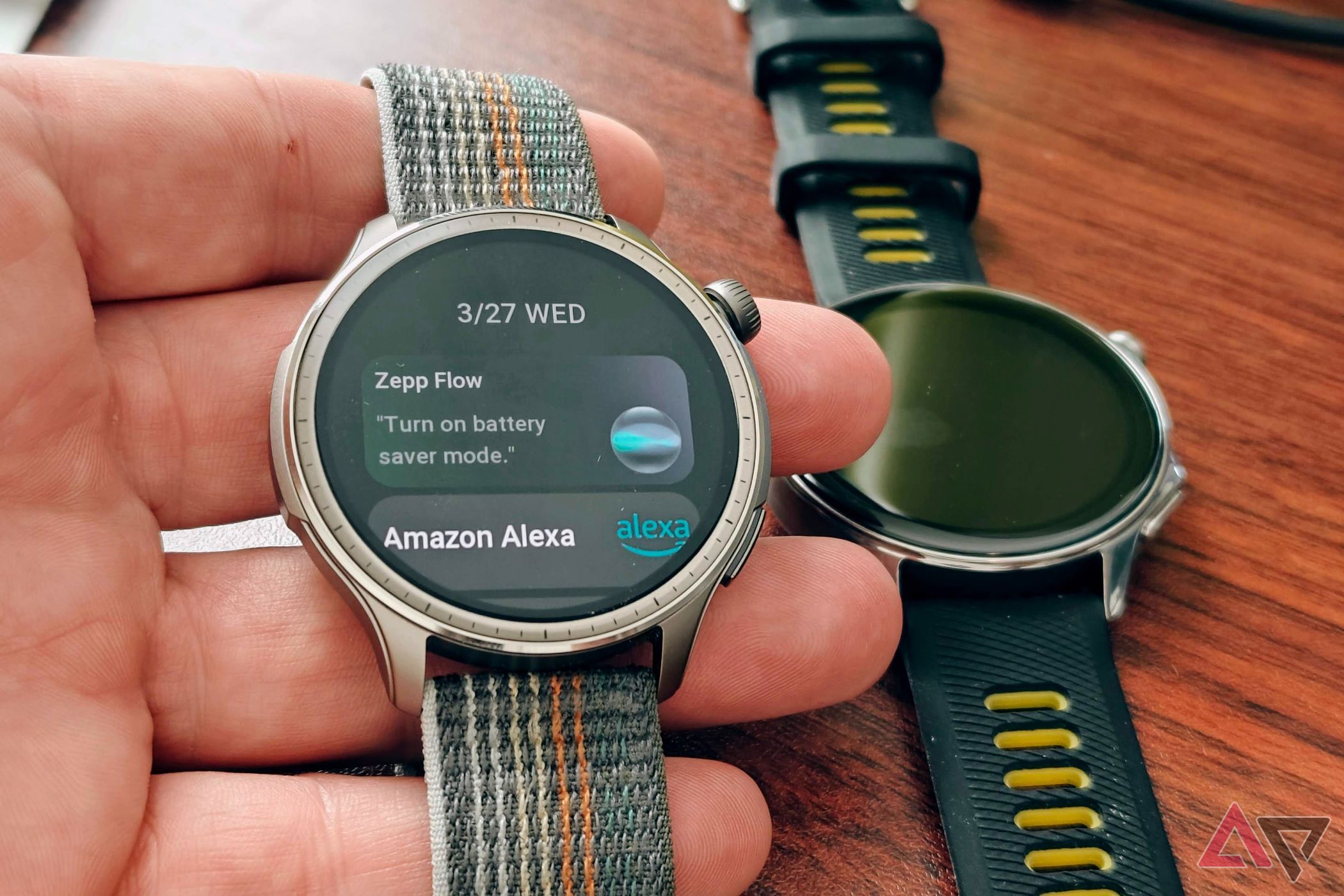Smartwatches have become so common that when I spot someone wearing a traditional timepiece, it’s almost strange. And since smartwatches have many more functions than traditional timepieces, battery life is the most common complaint and pain point. While a mechanical or boring digital watch can significantly outlast even the top Android smartwatches power-wise, a lot is naturally missing when it comes to features. The latest OnePlus Watch 2 has taken a step to make power usage less of an issue, becoming the first Wear OS watch to use a dual-OS approach.
Google and OnePlus collaborated to release a single wearable that operates on two chipsets and uses both Wear OS and a custom RTOS, or real-time operating system. The move’s most significant benefit is to greatly increase battery life. This is because the watch’s RTOS that handles a lot of functionality is much less power-hungry than Wear OS. However, it’s got some issues — issues that other brands that devote all efforts to developing full-featured RTOS-only devices, like Amazfit, have already solved.
It’s not bad, but it could be a lot better
Google and OnePlus both have work to do
I’ve been lucky enough to use or review over a dozen Android Wear/Wear OS devices and about the same number of non-Wear OS wearables. When it comes to wearables that do not run Google’s flavor of OS, I prefer those from Amazfit. Last year, I’d say that the T-Rex Ultra spent the most time on my wrist compared to any other smartwatch. This was in large part due to the excellent battery life, solid fitness tracking features, and the OS speed.
Amazfit uses its own custom RTOS software called Zepp OS, which has improved leaps and bounds in the last 18 months to become such a capable platform that it has led me to question whether smartwatches even need apps to succeed in the wearable space. That’s because, generally, the biggest knock against RTOS devices is a lacking app selection — but Amazfit has been building out its own app library to fill that gap. And really, I’ve come to like Zepp OS more than Wear OS; it’s fast, it’s reliable, and it’s got character. The point of all this talk has been to illustrate that non-Wear OS devices, specifically those running real-time operating systems, aren’t the basic wearables that they once were, and that’s why the OnePlus Watch 2 is such a letdown.
Before we go much further, here’s a quick explanation of what a real-time operating system is for. Though an RTOS watch and a Wear OS watch can perform similar functions, how they are built is very different. Basically, tasks handled by an RTOS are programmed for maximum efficiency, which helps allocate resources in a way that leads to lighter battery use.
When I got my OnePlus Watch 2 about a month ago, I was excited about it (and I still am). The watch is fantastic in many ways and mostly lives up to the battery life hype. But about three weeks after receiving the wearable, I tried the latest smartwatch from Amazfit, the Balance. This watch implements many OS improvements and adds a custom voice assistant, temperature sensors, body composition scanning, Alexa compatibility, and more. And all of it is wrapped up in a very nice-looking UI.
It’s here that I was reminded how much I enjoy using Amazfit’s RTOS devices, not only compared to the OnePlus Watch 2, but also the Pixel Watch 2 and Samsung Galaxy Watch 6. Sure, a large part of that proclivity toward the Amazfit Balance is due to the week-or-longer battery life. But I could get near that from OnePlus’s offering or another Wear OS favorite of mine, the TicWatch Pro 5. However, it doesn’t matter how long the battery lasts if the user experience is lacking — and I think the experience on Wear OS watches, and OnePlus’s in particular, is lacking.
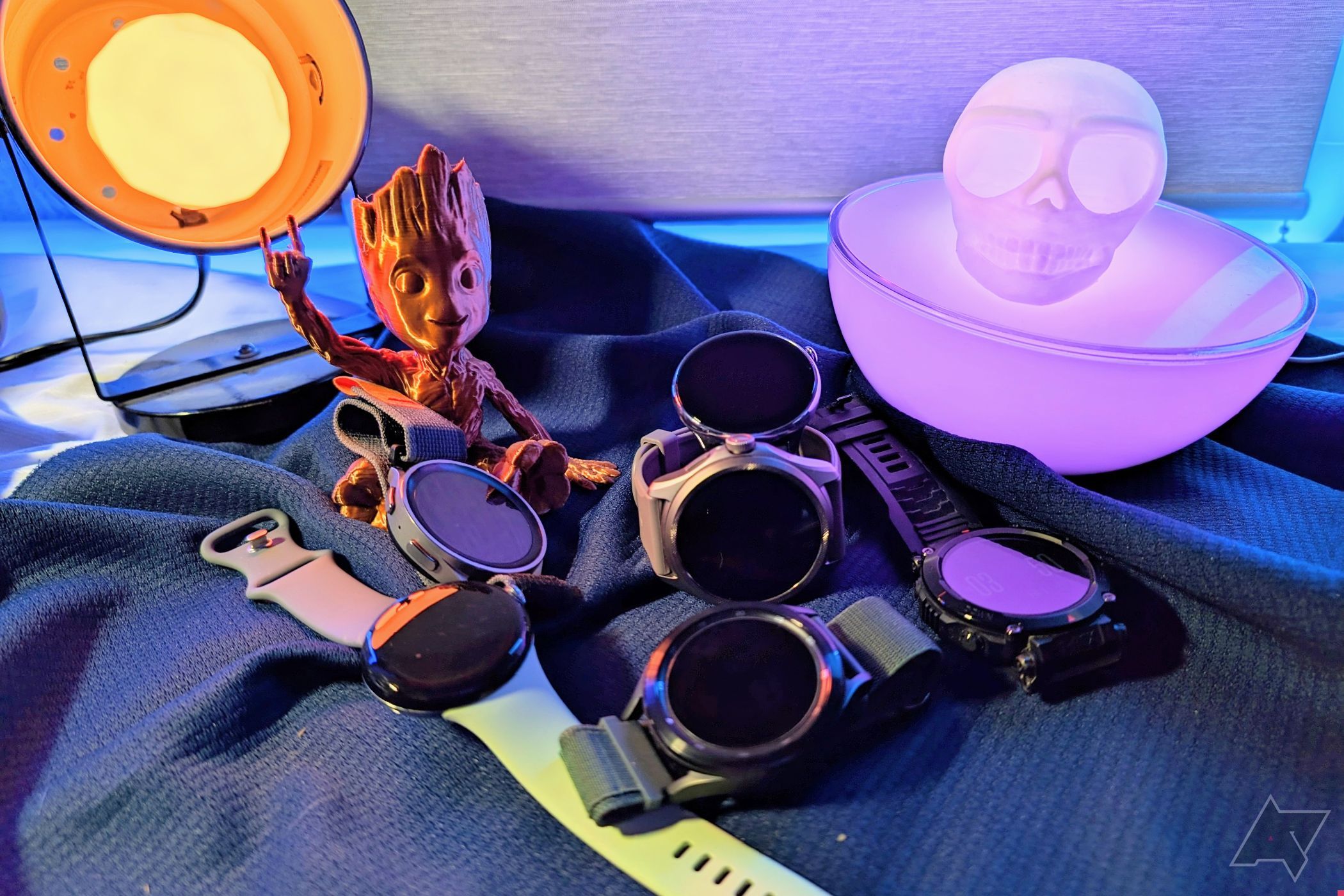
Smartwatches are boring now, just as they should be
There’s no reason for smartwatches to be exciting
Now, Wear OS is fundamentally fine. I think it’s boring, but I’m okay with that. However, I think Google and OnePlus missed out on bringing an industry-first wearable with expansive features and some character in the software to market. It’s not just the watch that lacks software personality; the lack of finesse is also very clear in the OnePlus Watch 2’s companion app, OHealth. OHealth looks like a generic white-label app, and in comparison to the Zepp app for the Amazfit Balance, it makes the watch feel less capable.
The hardware is great, but it’s let down by the software
Thankfully, software can be fixed
I don’t want this piece to seem like I think the OnePlus Watch 2 is bad or a failure, especially considering the massive improvement over the RTOS-based first attempt on the original OnePlus Watch. But it almost seems as though OnePlus kept most of the software from the first watch, and relied on Wear OS to solve the issues. While that may or may not be true, the appearance of the watch’s software and companion app gives 2021 vibes.
I do believe that a dual-OS approach like OnePlus took with the Watch 2 could be a great option for providing faster wearables and better battery life. However, OEMs who adopt this approach need to put as much effort into the software as the hardware running it.
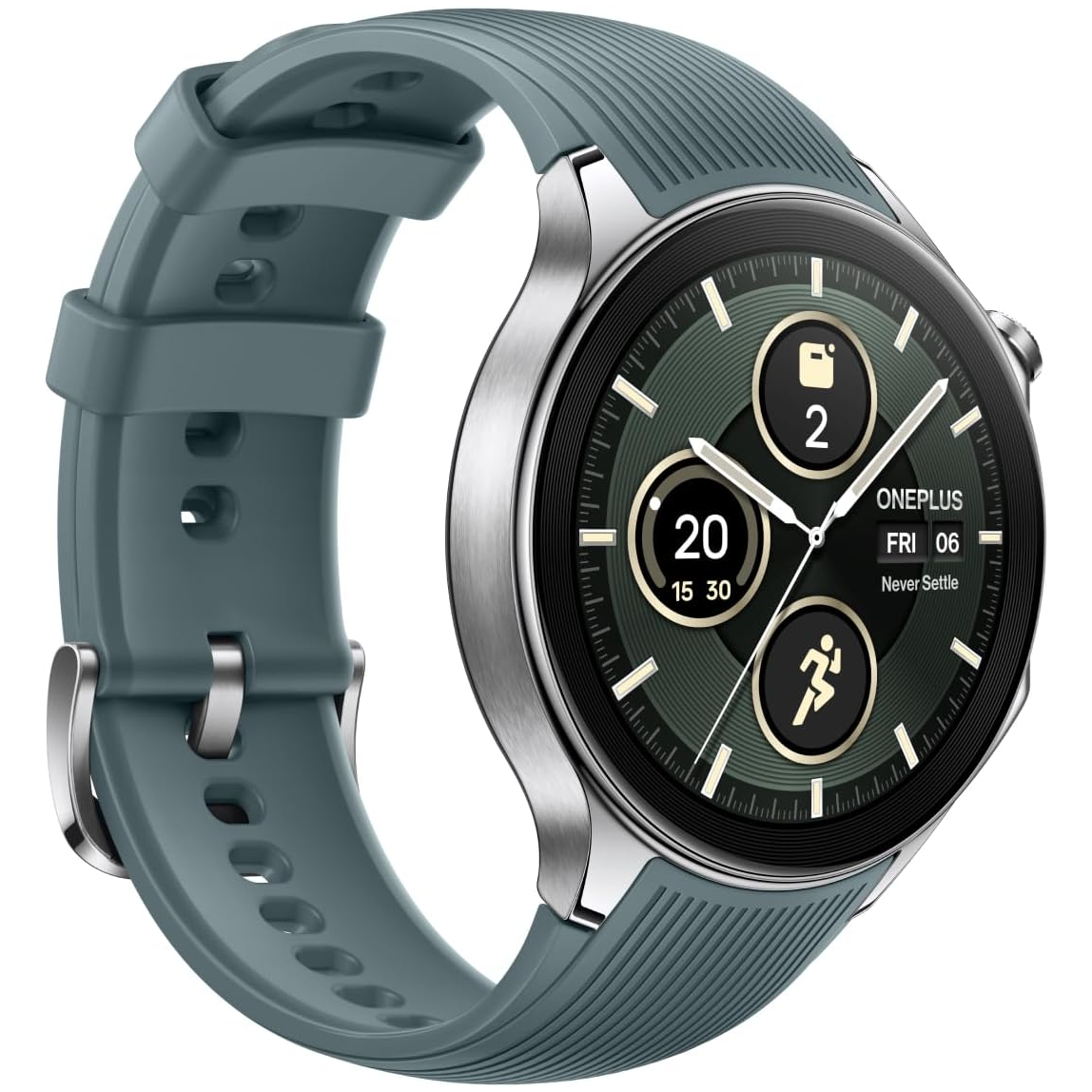
OnePlus Watch 2
Multi-day battery life, stainless steel casing, blazing fast charging, and performance are all things you can expect from the dual-OS smartwatch with Wear OS 4 at the forefront.

Jessica Irvine is a tech enthusiast specializing in gadgets. From smart home devices to cutting-edge electronics, Jessica explores the world of consumer tech, offering readers comprehensive reviews, hands-on experiences, and expert insights into the coolest and most innovative gadgets on the market.

